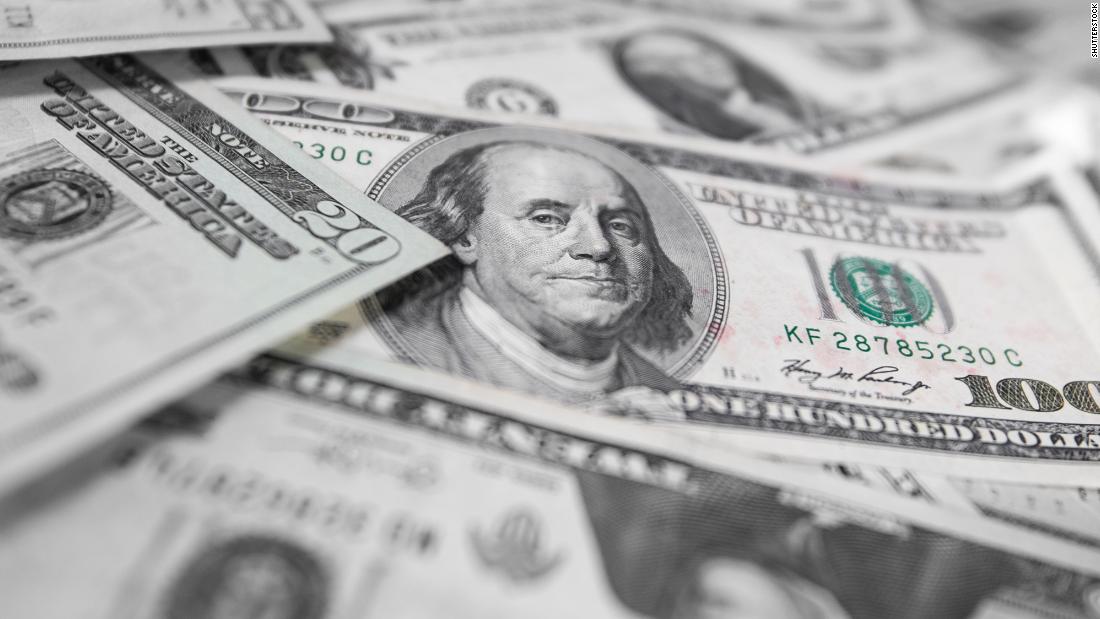Deputy Finance Minister Ali Pervaiz Malik announced that Pakistan will need to repay a staggering $100 billion in external debt over the next four years, primarily relying on rollovers from bilateral lenders. This repayment amount is ten times higher than the current gross official foreign exchange reserves of $9.4 billion.
Finance Minister Muhammad Aurangzeb revealed that despite entering a new $7 billion program with the International Monetary Fund (IMF), Pakistan’s external financing needs remain unmet, with a projected $5 billion gap identified for the 2024-2026 period. During a meeting of the National Assembly Standing Committee on Finance, Malik stated, “Pakistan’s external debt repayments for four years are $100 billion.”
When questioned about potential debt restructuring, Malik did not provide a clear response. The committee meeting was chaired by Syed Naveed Qamar, a member of the Pakistan People’s Party (PPP).
The announced $100 billion repayment excludes payments related to central bank liabilities and current account deficit financing. Malik emphasized the government’s reliance on requesting annual deferrals from lenders to manage these debts, stating that the stock of debt could be addressed through rollovers or refinancing existing loans.
Mohsin Chandna, the Director General of Debt, informed the committee that repayments for the fiscal year 2024-25 are estimated at $18.8 billion, excluding central bank debt. He noted that these repayments would follow previous practices, primarily through rollovers.
Chandna outlined that Pakistan seeks rollovers from key lenders, including Saudi Arabia ($5 billion), China ($4 billion), the UAE ($3 billion), and Kuwait ($700 million). He further remarked that the government aims to control the flow of public debt before addressing its stock.
PPP’s MNA Nafisa Shah questioned whether the Ministry of Finance had any strategy beyond rollovers to manage the debt and whether restructuring was being considered. Sources indicated that Chinese officials had also inquired about Pakistan’s plans during a recent visit.
Hina Rabbani Khar, a former Foreign Minister, noted that Pakistan’s economy remains in a precarious state due to a lack of medium- to long-term planning. The reliance on rollovers has already delayed securing a date for the IMF board meeting, now set to approve a 37-month Extended Fund Facility program worth $7 billion, following lenders’ assurances for a one-year rollover.
Aurangzeb disclosed to the committee that the IMF estimates a $5 billion external financing gap over three years, including $2 billion for the current fiscal year, for which the government secured $600 million—the highest loan cost in Pakistan’s history. The projected gaps for fiscal years 2025-26 and 2026-27 are also $2 billion and $1 billion, respectively.
Responding to inquiries about the expensive $600 million loan, Aurangzeb stated that the government does not intend to draw on it. He also confirmed that Pakistan had made firm commitments to the IMF to avoid further subsidies, especially after the Punjab government’s two-month electricity subsidy was withdrawn.
The committee raised concerns about the IMF’s proposal to increase agriculture income tax to 45%, aligning it with federal tax rates. Opposition leader Omar Ayub Khan highlighted that Pakistan’s debt profile is vulnerable to interest rate changes and fluctuations in crude oil prices, with potential pressures on the rupee due to geopolitical tensions.
Despite having $9.5 billion in foreign exchange reserves, Ali Pervaiz acknowledged that this cushion is insufficient for stability. He indicated that the new IMF program would feature a six-month review process, a shift from the previous quarterly assessments.
Challenges for the Debt Office
Director General Mohsin Chandna struggled to answer basic questions during the committee session, particularly regarding savings from the central bank’s recent 3% interest rate cut. He noted that since 80% of domestic debt is at floating rates, any benefits from the interest rate reduction would only be felt after six months.
Chandna explained that the fiscal year’s interest payment allocation is based on a 17.25% average interest rate, with any savings occurring only if rates fall below this level. However, earlier communications from the Ministry of Finance indicated that the budget was set at an 18.5% average rate.
He also could not clarify the interest rates on upcoming sovereign bonds, with significant repayments due in the next few years—$500 million in September 2025, followed by $1.3 billion in April 2026 and $1.5 billion in December 2027. Chandna added that a 0.5% decrease in U.S. Federal Reserve interest rates could make emerging market debt instruments more appealing to investors. He concluded that Pakistan must enhance the maturity profile of its debt and reduce its overall financing needs.










